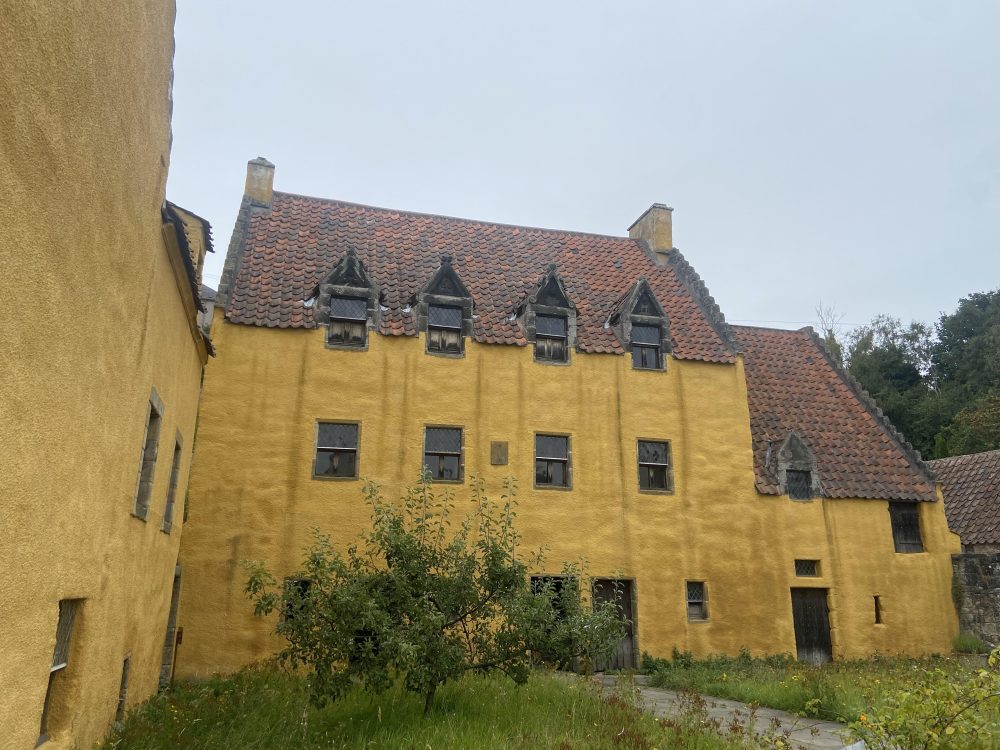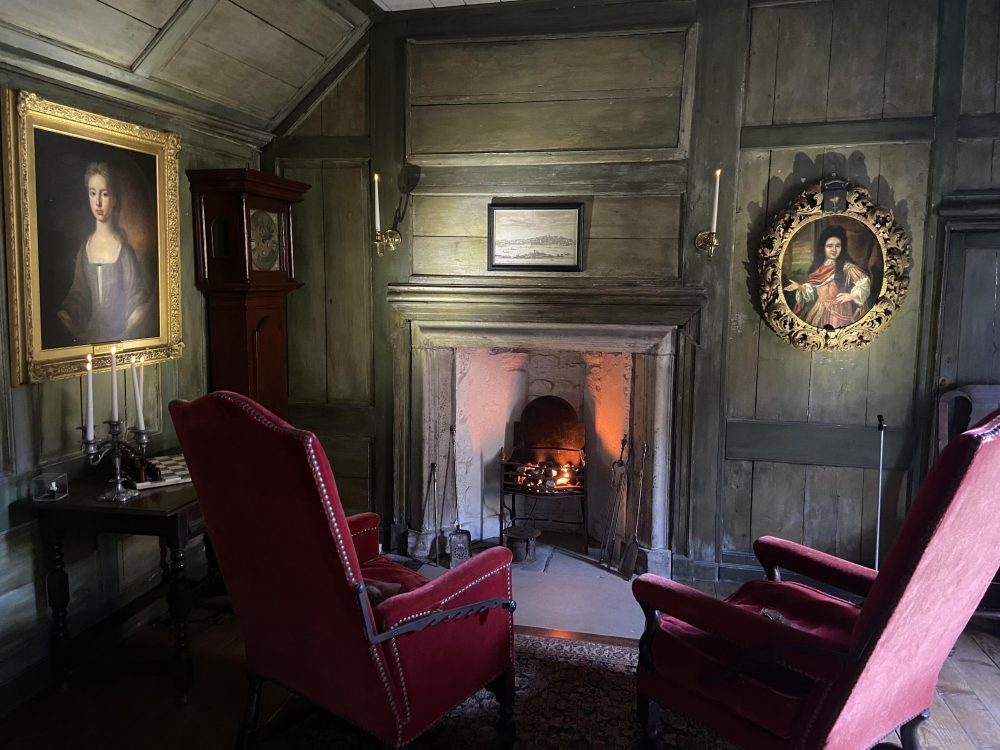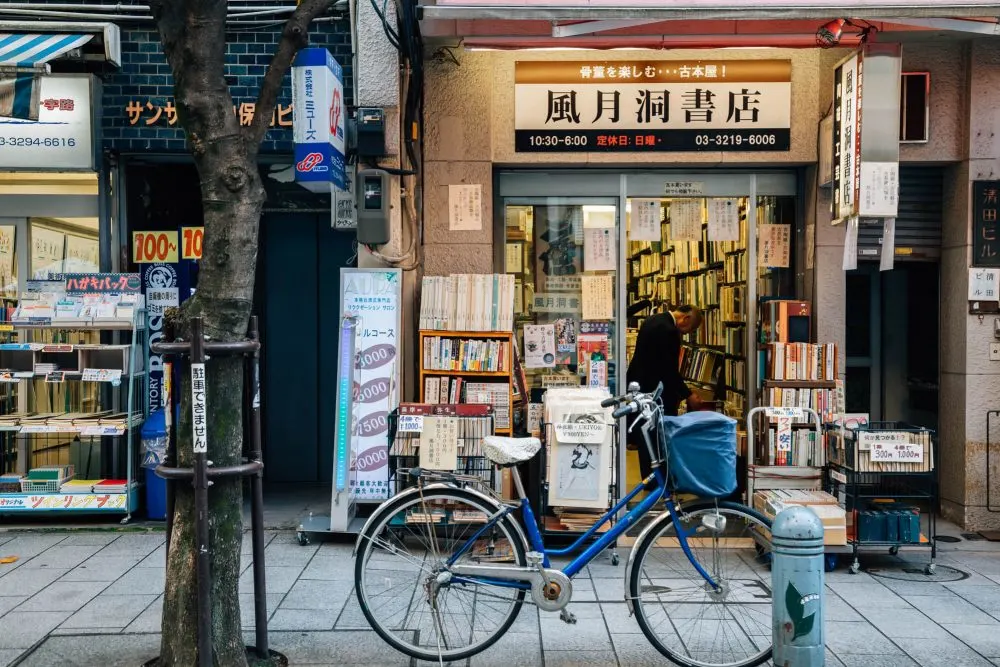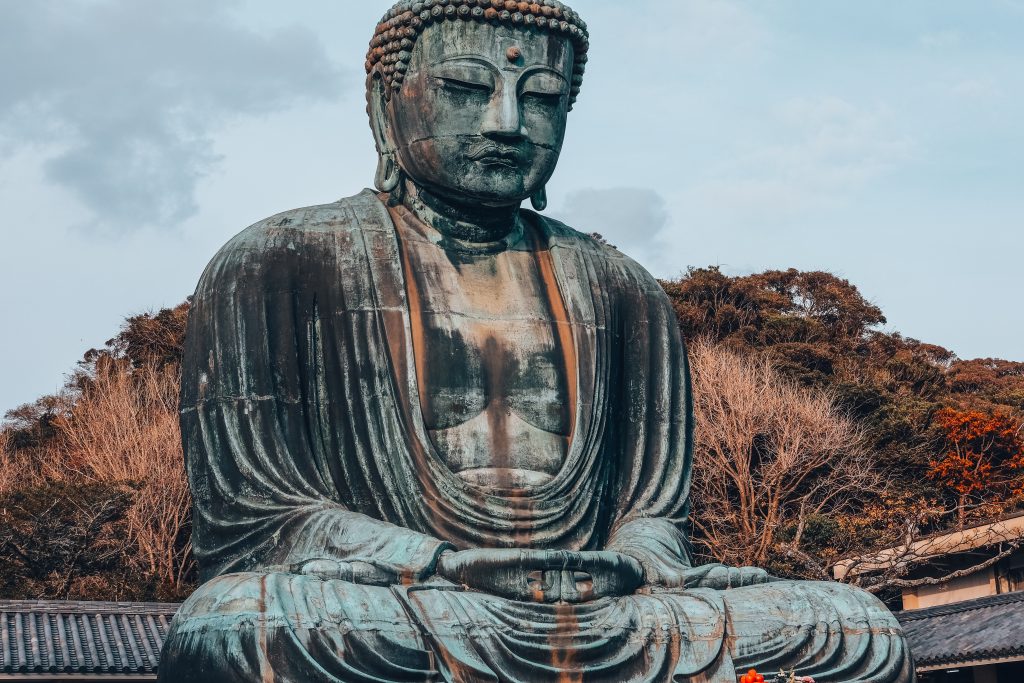Located a half-hour drive northwest of Edinburgh, across the Firth of Forth, is the perfectly preserved village of Culross (pronounced coo-ross). While now a quiet village with a population in the hundreds, Culross was once a wealthy and bustling pre-industrial town. And thanks to its unwillingness to move with the tides of time, Culross remains frozen as a perfect relic of Scotland’s 16th and 17th centuries.
Given how easy it is to access Culross from Glasgow, Edinburgh, and other nearby towns and cities such as Perth, Falkirk, and Stirling, this historic little town makes for a very popular day trip for those interested in Scottish and British history, as well as those who simply like to imagine what life was like several centuries ago. And imagining is easy when Culross remains entirely populated by old stone cottages and cobbled streets.

The History of Culross
For centuries, Culross existed as a small port town on the Firth of Forth. But everything changed with the discovery of coal in the 16th century. That discovery led the merchant George Bruce (who would later be knighted for his successes in Culross) to establish a coal mine in the town.
The mine opened in 1575, but in 1590 Culross’ workers dug out what became known as the Coal Pit, the first coal mine to tunnel below the sea. The Coal Pit extended under the Firth of Forth, and the coal mined there made the town a prosperous and popular place. Merchants and tradesmen filled the streets; the town was shrouded in the smells and the fog of industry. And in its centre, George Bruce built himself a grand home: Culross Palace.

Not a palace in any true sense, Bruce’s grand home was still an impressive space—one which visitors are free to explore (more on that below). Culross Palace is separated into two buildings, one built more than a decade after the other; as well as gardens and a courtyard. It is also notable for its vivid yellow exterior, and for the fact that Bruce’s “palace” was even visited by King James VI in 1617.
After George Bruce’s death in 1625, his mining legacy didn’t last too much longer. The town soon quieted and shrank as industry in Scotland moved on. But the town didn’t. Its stone cottages, as well as Culross Palace, remained exactly as they were—almost out of time.

Culross Town House (otherwise known as the Culross Tollbooth), another iconic part of the village, was built a year after Bruce’s death, in 1626, and since then the town has seen minimal modernisation. Today, Culross Palace is owned by the National Trust of Scotland; many of the town’s cottages have been converted into shops, cafes, and BnBs. Other houses are simply lived in by private residents, as they always have been.
Visiting Culross: What to Do
The best way to get to Culross is to drive. Depending on traffic, getting to Culross will take between 30 and 60 minutes from Edinburgh or Glasgow. Upon entering the town, you’ll find a free car park. And once you’ve parked, it’s a five minute walk along the edge of the Firth of Forth, past a playground and a green area, before you reach the heart of the village: Culross Palace.
That aforementioned green area is often populated by independent stalls where people sell homemade cakes and handcrafted blankets, wood carvings, scarves, and other decorations for your home. The people making and selling their crocheted hats, stained glass decorations, and moreish brownies are friendly and always happy to chat with visitors as you browse their homemade wares.

Its hard to get lost in Culross, given how the village is made up of just a few cobbled streets. Two building’s you’ll notice immediately are George Bruce’s Palace and the Culross Tollbooth. Today, the Tollbooth is a gift shop and exhibition space. And the gift shop is where you’ll find tickets to Culross Palace.
Culross is a popular tourist destination for fans of the Outlander TV drama (based on a series of historical novels by Diana Gabaldon). Outlander is a hugely popular show, especially in the US, and fans flock to Culross to see some of the show’s filming locations in person. Outlander has been filmed both on the streets of Culross and inside Culross Palace.
Culross Palace
The Palace itself, constructed as a residence for George Bruce in the late 16th century, is free to enter for anyone with a National Trust membership; everyone else must buy a ticket from the Tollbooth gift shop. Entry to Culross Palace is every fifteen minutes, and upon entry you’ll be guided to a room where you’ll watch a short video on the history of the town. Then, you are free to explore the Palace rooms and gardens.

Culross Palace is a beautiful place to explore, with so much of its interiors perfectly preserved or restored. Four-poster beds, dining tables, portraits, fireplaces, latticed windows, chandeliers, and every other element of interior decoration you’d expect to find in a grand 16th century house. You’re free to take your time as you wander from room to room—including the drawing room, kitchen, bedrooms, attic spaces, and gardens.
Shops and Cafes
It’s best to arrive in Culross in the late morning, just in time for lunch. The town has two excellent cafes that provide tea, coffee, cakes, and homemade soups and sandwiches. The first is Bessie’s Cafe and the other is the Biscuit Cafe. Both are popular places for tourists and visitors to enjoy lunch or a snack, before or after exploring Culross Palace and the town’s cobbled streets.

On the ground floor of the Town House/Tollbooth, you’ll find a gift shop which sells tickets to the Palace, as well as various knickknacks connected to Scottish history and culture. There are books on Scottish folklore, highland cow plushies, wool blankets, jewellery, and many other things to buy so that you might remember your visit to the beautiful town of Culross.



